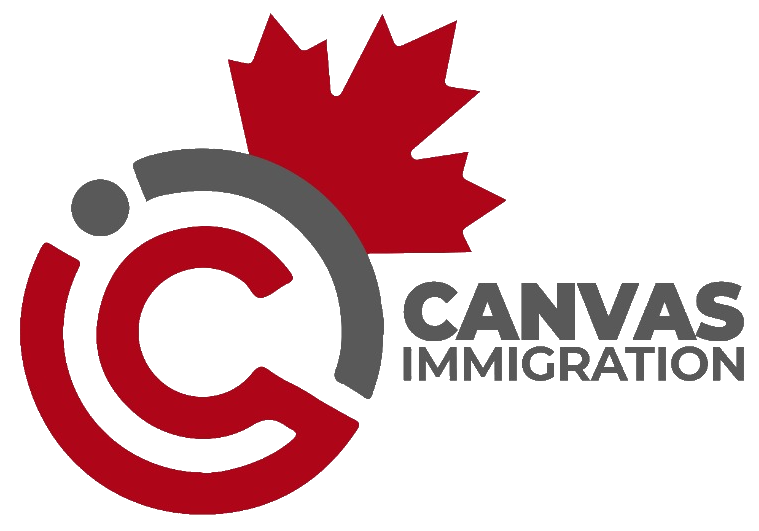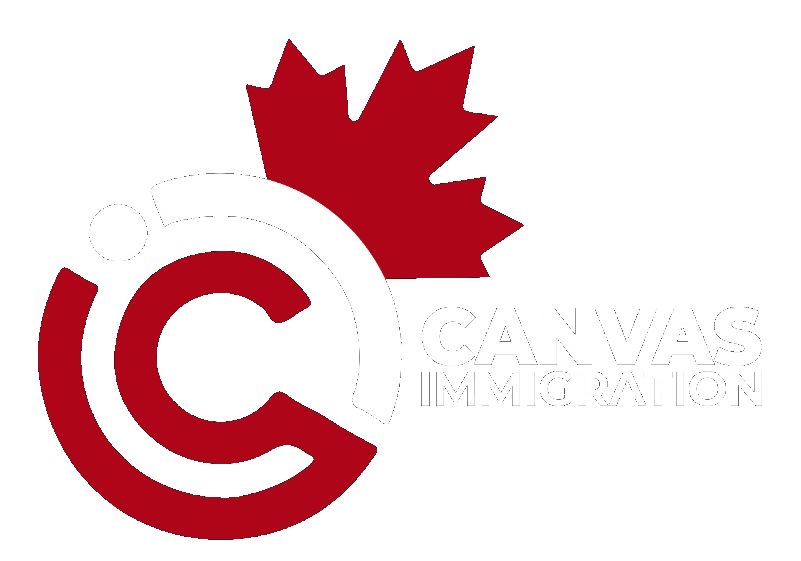Applying for a Canadian work permit is a major step and for some, it can actually begin right at the airport or land border. While many foreign nationals apply online before arriving in Canada, certain individuals can still request a work permit directly at a port of entry (POE).
But not everyone qualifies. With new rules in place, especially after the December 2024 flagpoling ban, it’s more important than ever to know if you meet the eligibility criteria before approaching border officials. This blog breaks it all down — who can apply, who can’t, and what you need to prepare.
Let’s get into the specifics of how the Canada work permit process works at a port of entry in 2025.
Who Can Apply for Canada Work Permit at a Port of Entry?
You may apply for a Canada work permit at a POE if you fall under any of the following categories:
| Eligibility Condition | Requirement |
| Visa-exempt & under IMP | You do not need an LMIA (Labour Market Impact Assessment) |
| Visa-exempt & under TFWP | You have a valid job offer and a positive or neutral LMIA |
| U.S., Greenland, or Saint-Pierre and Miquelon citizen or PR | Eligible regardless of program (TFWP or IMP) |
| Valid immigration medical exam (if required) | Must show proof at the border |
| Program allows POE application | Not all streams are included — check the list carefully |
Popular Programs That May Qualify
- CUSMA professionals
- Intra-company transferees
- Tech workers under Global Talent Stream (if visa-exempt)
- Spouses of skilled workers or international students
These groups often fall under the International Mobility Program (IMP) and may be eligible for work permit issuance at entry, provided other conditions are met.
Who Cannot Apply at a Canadian Port of Entry?
Not all work permit applicants can use the port of entry route. Here’s who is ineligible:
- Individuals requiring a TRV (Temporary Resident Visa)
- Those without valid medical exam results (if required for the occupation)
- Applicants under the Seasonal Agricultural Worker Program (SAWP)
- International students applying for a Post-Graduation Work Permit (PGWP)
- IEC (International Experience Canada) applicants unless they’re U.S. citizens or PRs
- Citizens from countries listed under R7.01(1) who do not qualify for visa exemptions
If you fall under any of the above, you’ll need to apply online from outside Canada.
No More Flagpoling for Work Permits
Since December 24, 2024, the Canada Border Services Agency (CBSA) has ended the practice of flagpoling when applicants leave Canada briefly (often via a land border to the U.S.) and re-enter to activate or apply for a permit.
If you’re already in Canada, don’t try to cross the border just to access immigration services. It won’t work unless you have a pre-approved CBSA appointment or belong to an exception group.
Still Eligible? Here Are the Exceptions
You might still be able to apply at a POE even if you’re already in Canada — but only in rare cases. These include:
- U.S. citizens or PRs
- Technicians or professionals under trade agreements (e.g., CUSMA, Korea, Peru, Chile)
- Spouses of eligible foreign workers under the above agreements
- Truck drivers with valid previous permits making cross-border trips
- Applicants with pre-scheduled POE appointments
Letters of Introduction (LOI): Know What to Do
If you applied from outside Canada and received a Letter of Introduction (LOI), you must show it at a port of entry upon arrival to get your actual work permit.
Important: If you’re already in Canada, you cannot re-enter just to activate your LOI — unless you meet the few exception criteria. This is now seen as flagpoling and will be refused.
Canada Work Permit Expired While Abroad?
If your Canada work permit expired and you’re abroad, you can only apply at a POE if:
- You’re visa-exempt
- You meet all eligibility criteria under R198
- You can present valid supporting documents for the specific work permit type
Travel Tip: Don’t Forget Your eTA – Even if you don’t need a visa, you still may require an electronic Travel Authorization (eTA) to board your flight to Canada.
Make sure to:
- Check your eTA or visa requirement status ahead of time
- Carry printed proof of your job offer, LMIA (if applicable), LOI, and medical results
- Confirm if your program is POE-eligible before you arrive
Know the Rules Before You Land
Applying for a Canada work permit at a port of entry may still be possible in 2025, but only under specific circumstances. Recent policy shifts have made this option more restricted, especially after the ban on flagpoling. Visa-exempt applicants, U.S. citizens, and those under certain trade agreements may still benefit but only if they follow all the rules. Before you make travel plans, verify your eligibility and get your documents in order. A smooth entry starts with the right preparation. Let ImmigCanada help you determine if you’re eligible for a work permit at a port of entry. Reach out to our experts for a personalized assessment.
Add ImmigCanada to Your Google News Feed

